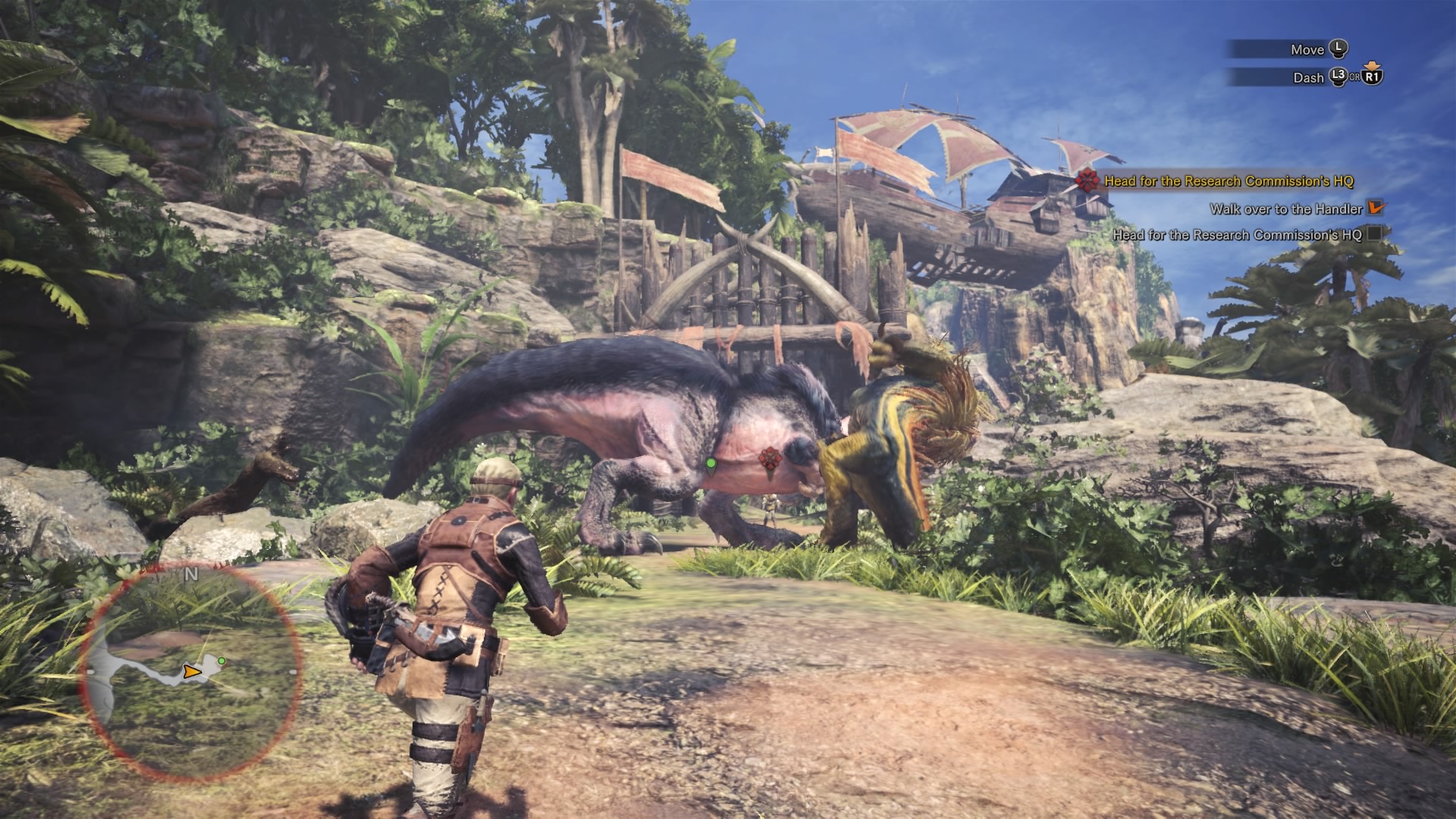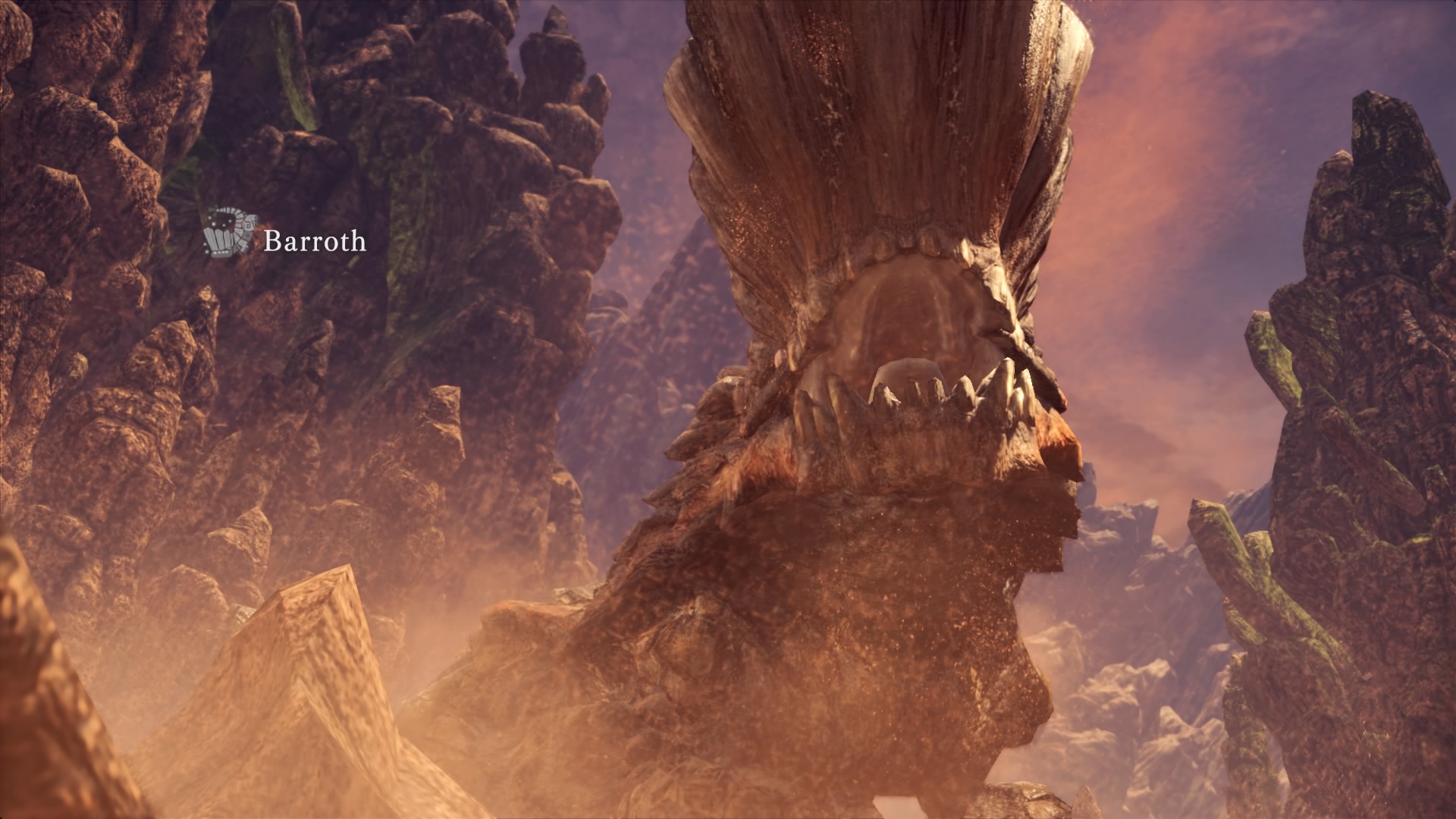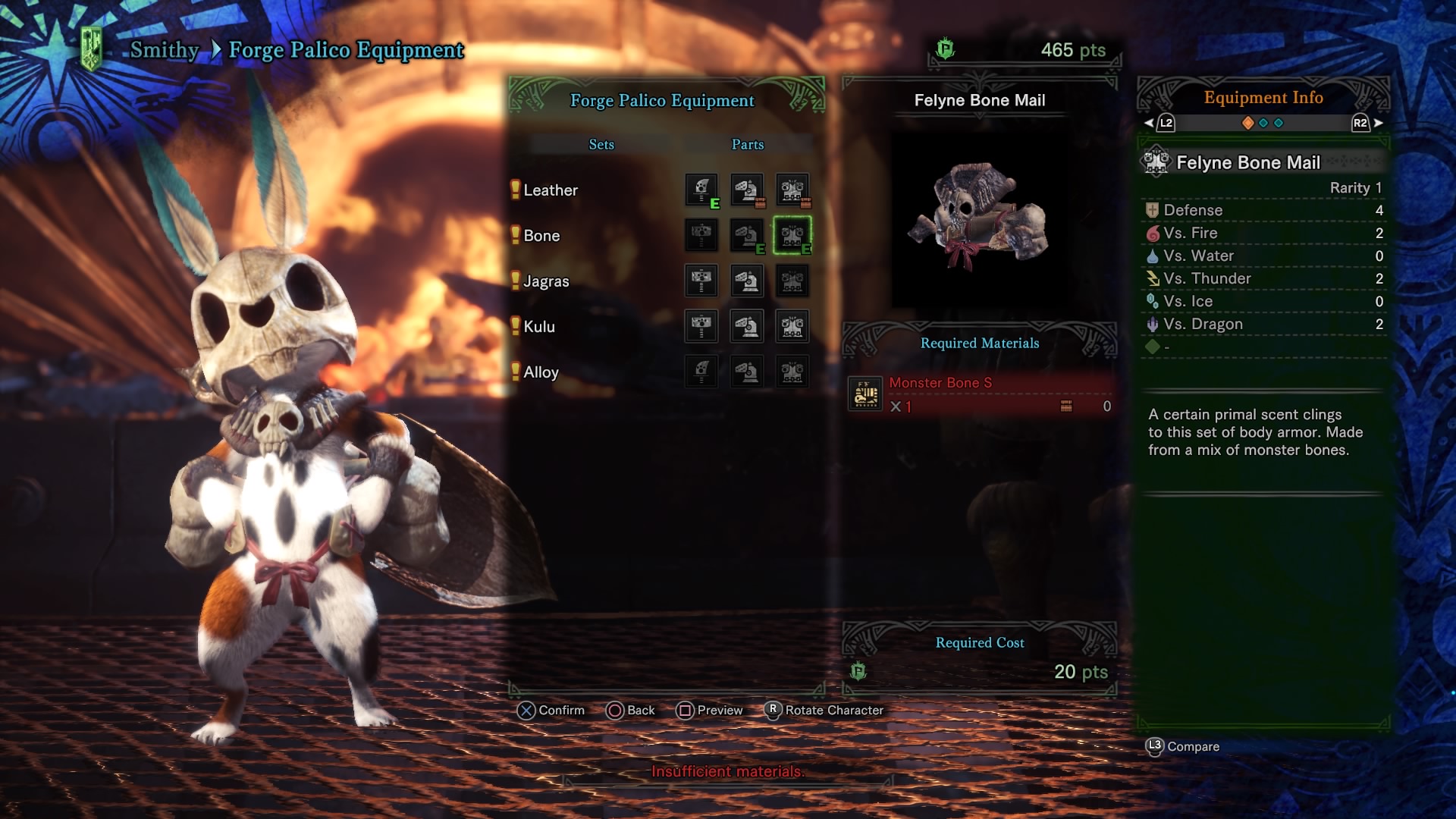Monster Hunter World review: friends who slay together stay together
"A bold and confident new chapter"

It’s been almost seven years since Monster Hunter last had a proper outing on home consoles, having spent a long sojourn perfecting its formula in myriad forms on Nintendo 3DS.
But Capcom’s long-running series has finally shed the technical limitations of the handheld as Monster Hunter World brings the series kicking and screaming into 2018. The result is a bold and confident new chapter, one that embraces fresh ideas while resolutely sticking to its familiar co-op blueprint.
If you’ve spent even a modicum of time in a previous entry in the series, you’ll immediately feel an intrinsic familiarity in Monster Hunter World. Rather than embracing an open-world setup, Capcom’s latest offering keeps the maze-like areas its been using for time immemorial.
But it expands them, fleshing out their design, contents and appeal. Its environs - ranging from canyons and dunes to verdant forests and beyond - never feel walled off or boxed in. However, much of that comes down to what lurks within…

Beast quest
Monsters, shockingly, are the big selling point here and Monster Hunter World boasts beasts of every persuasion and scale. Each area of the game world has its own diverse ecosystem, with a food chain of predators and prey that ebbs and flows around you as you play.
It’s a transformative characteristic that elevates every hunt and every open-ended expedition you embark on. You might be tracking a Pukei-Pukei (a flying lizard that spits poison, naturally), having slashed and drained its health to a sliver, only to have a hulking, T-rex-esque Anjanath roar its way in and attack your prey. It’s totally systemic, wildly dangerous and indicative of just how alive the game really is.
With monsters roaming key sections of each setting, you begin to see the tactical depth on offer. You can use your wrist-mounted Slinger to shoot everything from rocks to pods that explode on impact, either drawing a monster’s attention to a specific spot or getting it charge you down like a nightmare on legs.
Sign up for breaking news, reviews, opinion, top tech deals, and more.

Learn your environment well enough and you can draw your prey into the wake of a larger predator, enabling you to step back and watch the throwdown unfold. That is if you don’t end up knocked out and sent back to camp because you stopped too long to admire how beautiful your new hunting ground truly is. Going back to the 3DS/PSP entries isn’t going to be easy on the eye, that’s for sure.
Each area of the New World (your ecologically diverse new haunt) has its own key features that pose both a threat and an advantage for would-be hunters. The mud pools of the Wildspire Wasteland will slow your movement like glue, while the vine-covered trees of the Ancient Forest will ensnare and temporarily trap any beast that dares smash through them.
Knowing where to use your Slinger, the aforementioned tool that enables you to swing down and attack beasts from above (among other useful things), also adds an extra feeling of depth to how you use your environment during a hunt.
Heathen Hunt
Talking of hunts, the basic recipe - grab a hunting contract from a notice board, stock up on armor upgrades and head out into the wild - remains intact. But Capcom has wisely made some subtle changes that make this the most approachable and - dare we say it, forgiving - Monster Hunter yet.
Well, forgiving to a point, but we’ll get to that.
On the surface, the new Scoutfly navigation system's glowing trail seems like a trope you’ve seen a hundred times before, but here it helps temper an issue that’s dogged the series for years. Monster Hunter’s hunts have always been a hoot, but knowing exactly where to go was often an exercise in luck and frustration.

The Scoutfly works automatically, zipping its glowing trail from one point of interest to another. It’ll land on nearby Herb (which are automatically crafted into Potions that restore your health), before highlighting a footprint, set of feathers or scratch marks in the ground.
With this neon breadcrumb trail in place, the minutiae of the game's levelling systems (which reward time spent in the field tracking monster trails, collecting local fauna and more) are properly revealed.
Its presence might rankle purists who prefer the series’ obtuse past, but with the size and danger scaling to meet the power provided by PS4, Xbox One and PC its inclusion only serves to enhance Monster Hunter World for a new generation while leaving the core hunting concept intact.

That sense of retaining the central DNA of the series can be seen clear as day in its combat model too. The combat really is classic Monster Hunter, for better and for worse.
It’s still a case of balancing strikes and dodges while carefully keeping an eye on your stamina and health. Every weapon (there are 14 in total) also boasts a secondary mode, which you’ll need to unleash when your weapon reaches full charge.
It’s a system that will be instantly familiar to anyone with even a passing interest in action-RPGs, and while it’s easily the least improved of all Monster Hunter World’s mechanics, it still works perfectly well (bar a few issues where the camera struggles to track a monster that’s barrelling past you).
Monster mash
Forging and upgrading, another key pillar of the series, also makes a return and its just as moreish a system as any of the previous entries. If you’re new to the series, it’s a joyously endless cycle of ‘hunt monster/gut it for materials/return to The Smithy and build new gear’.
Defeating larger and more diverse monsters and looting their corpses for materials opens up more options to upgrade the core weapon templates or forge brand new armour for you and your palico (the bipedal cat companions first introduced in Monster Hunter 4 Ultimate).
There’s an empowering depth to these upgrade trees, one that goes beyond the pure aesthetic of just having a great big sword made of monster bone.

Of course, this being a Monster Hunter game, a hunt is always better when undertaken in company, and that ethos runs strong and true in Monster Hunter World.
Palicoes are back, with one joining you on every quest. Their armor and weapons can be upgraded, much like your own, but in the end they’re less of a party member and more a support character, topping up your health periodically and serving as a distraction.
The AI is always on point when it comes to backing you up (and there are even other feline pals you can meet out in the wild and recruit to your hunt), but it doesn’t beat squadding up with other hunters.

As with previous entries, you and up to three other players can team up to take on every quest in the game and it’s here the true long-term appeal of Monster Hunter World lies.
Sure, there’s nothing stopping you from exploring and dominating every ecosystem in the New World solo, but much like Destiny 2 and other co-op focused titles, you’re only getting one dimension of the experience.
With voice chat enabled, everything from freeform expeditions (where you can explore an area free of the time constraints of a quest) to the myriad quest types on offer (ranging from story-driven ones to side-quests, bounties and online events), nothing comes close to four friends or newly-allied strangers taking down a giant beast together.
Verdict: Play it now
While Monster Hunter World's combat often feels as rigid as its ever been, it’s an enduring system that rewards hunters who learn their prey’s attack patterns, rather than button bashing through every battle.
Its camera can be a little too erratic during battle, but there’s no getting around how re-energised the series is on PS4 and Xbox One. The New World is a rich and visually captivating web of environments, a systemic playground full of monsters, secrets and dangers in equal measure.
Less of a reinvention and more of a careful refinement to cater to modern tastes, Monster Hunter World is the first must-have title of the year.
- Check out our picks of the best PS4 games